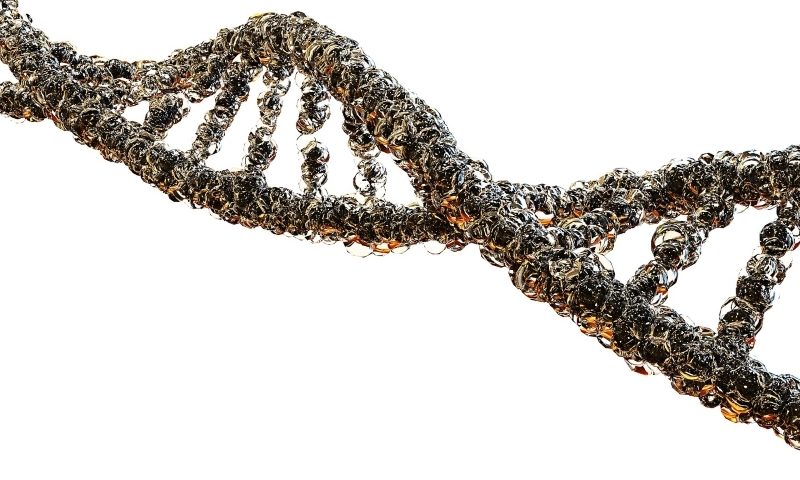Avrobio has provided interim data from a phase 2 trial of its Fabry disease gene therapy AVR-RD-01. The update shows the positive effects on biomarkers seen early in the trial have now persisted for up to 22 months, leading Avrobio to talk up the durability of its one-time treatment.
AVR-RD-01 is an ex vivo lentiviral gene therapy designed to give patients a working GLA, a gene that is mutated in people with Fabry. By inserting the nonmutant GLA gene, Avrobio aims to prevent the enzyme deficiency that leads to the accumulation of globotriaosylceramide (Gb3) and eventually to organ damage in Fabry patients.
Avrobio presented data from a phase 2 trial of the gene therapy last year, revealing the first patient enrolled in the study experienced an 87% reduction in plasma lyso-Gb3 at one year. Now, Avrobio has presented updated data from the trial.
As of the most recent data cutoff, investigators had tracked the first patient enrolled in the study for up to 22 months. Over that period, levels of alpha-galactosidase A, the enzyme Fabry patients lack, have remained elevated, hovering around the same point for the past 10 months after falling slightly from the initial peak.
The enzyme levels are inversely correlated to plasma lyso-Gb3 and total Gb3. Total Gb3 has risen a little since bottoming out around nine months after treatment with AVR-RD-01, but both biomarkers remain well below their baseline levels.
Avrobio presented the 22-month update alongside data from the other three patients enrolled in the phase 2, who have shorter follow-ups. Enzyme activity increased in all four patients after treatment, with the fourth subject, the first to be dosed with Avrobio’s plato platform, experiencing the biggest jump. At the three-month mark, the enzyme activity of the fourth patient was around three times that of people dosed with the old platform at the same time point.
As it stands, it is unclear whether the increased activity will be sustained and, if so, what effect it will have on Gb3. The fourth patient had a lower plasma lyso-Gb3 level at baseline than comparable subjects dosed earlier in the trial. At the data cutoff, the fourth patient’s plasma lyso-Gb3 level was down 43% and still falling. The decline in the first patient, who had the highest baseline figure, stands at 88%.
What the biomarker means for the lives of Fabry patients is an open question. Gb3, also known as GL-3, is a well-recognized biomarker that supported the approval of Sanofi’s Fabry drug Fabrazyme. Yet, the clinical significance of changes in plasma Gb3 is a topic of debate, with some research failing to find links between the biomarker and endpoints including renal function.
Shares in Avrobio rose 12% in premarket trading.

